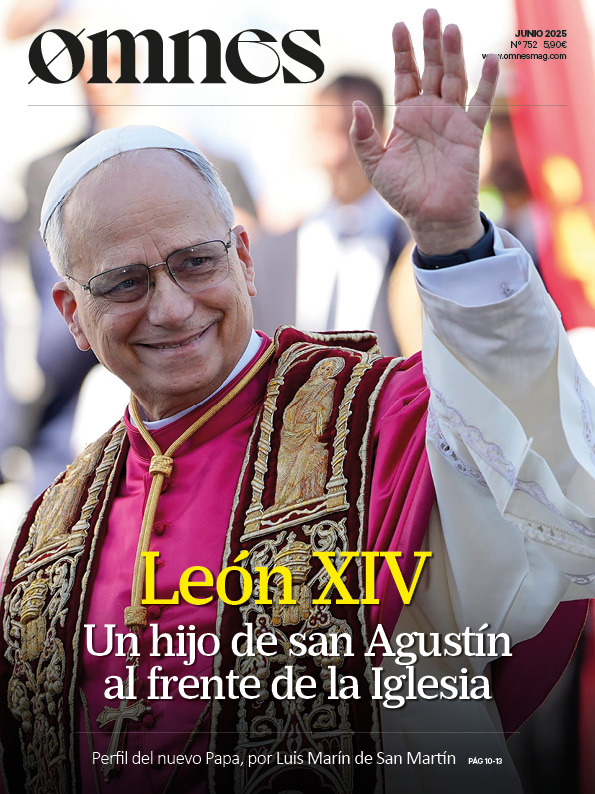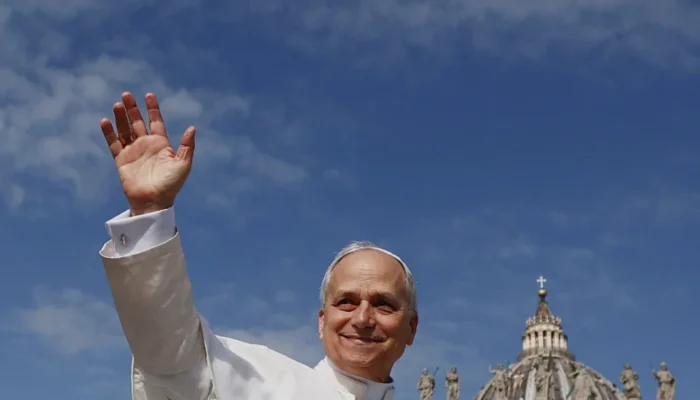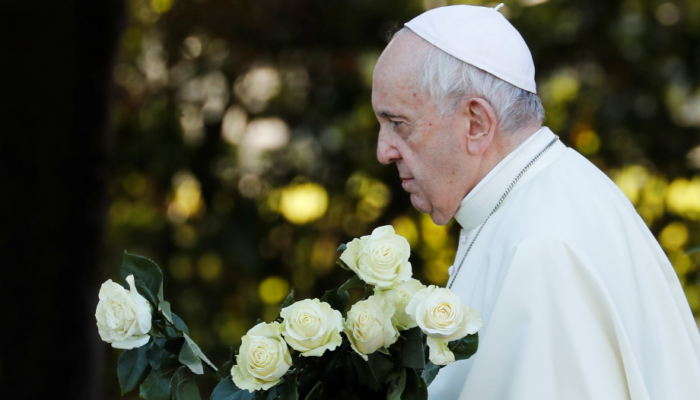The Cerro de los Angeles is not only a geographical place in the center of the Iberian Peninsula. Since time immemorial, Our Lady of the Angels has been venerated on this hill by the people of Getafe. But when His Majesty Alfonso XIII consecrated Spain here, in 1919, to the Sacred Heart of Jesus, this place became a spiritual sanctuary that welcomes thousands of people from all over our nation, a school of prayer and restorative love. In the silence of its esplanade, before the monument and the basilica, resounds the ever-present invitation that the Lord made to St. Margaret Mary Alacoque in 1675: ''At least you love me''. This supplication, which springs from the pierced Heart of Christ, encapsulates the core of this spirituality: to let ourselves be loved by the Lord and to love him in response.
The spirituality of the Heart of Christ is not a devotion of the past, nor is it merely a pious aesthetic. It is a path to holiness today and a privileged way to understand the mystery of Jesus Christ: his humanity continues to be the visible sacrament of the invisible love of God. This was forcefully recalled by Pope Francis in his latest encyclical Dilexit NosThe Pope's spiritual testament, the culmination of his magisterium, is the true spiritual testament of the recently deceased pontiff. In it he said: The Sacred Heart is a synthesis of the Gospel''. (Dilexit Nos, 83).
The Cerro de los Ángeles is, from this perspective, much more than a place of pilgrimage: it is a prophetic sign that challenges the Church and the world. The five martyrs who gave their lives here for Christ, faithful witnesses of the Love that does not die, teach us that to love the Heart of Christ is not an evasive spirituality, but to commit one's life to the point of total surrender, even in a hostile context. They knew how to trust, love and make reparation, making their lives an oblation for the Church and for Spain.
This watchtower near Madrid has attracted countless saints who, moved by the Holy Spirit, prostrated themselves before the Sacred Heart: St. Maravillas de Jesús inaugurated the convent of the Discalced Carmelites in 1926, responding to an inspiration of the Lord who told her: My Heart needs to be consoled (...), Spain will be saved by prayer''. St. José María Rubio, the Jesuit apostle of Madrid at the beginning of the 20th century, came many times to celebrate the Eucharist here, teaching the people of Madrid to trust in the Divine Heart as a safe refuge in difficult times. St. Josemaría Escrivá was also here and encouraged his spiritual children to discover in the Heart of Christ the source of the lay apostolate in the midst of the world. St. Manuel González, the bishop of the Abandoned Tabernacles, saw in this place a source of renewal for the pastoral work of the Church, and even Mother Teresa of Calcutta, on one of her visits to Spain, wanted to come here to pray, recognizing that in the Heart of Jesus is found the strength to love and serve the poorest of the poor.
In a society that has so often chosen to live with its back turned to God, the spirituality of the Heart of Jesus is an invitation to recover our gaze towards Love first. As Benedict XVI said in Deus Caritas estWe do not begin to be Christians because of a great idea, but because of an encounter with a Person who gives a new horizon to our life. That horizon is the pierced Heart of Jesus who, from the Cerro de los Angeles, continues to say: Come to me, all you who are weary and burdened, and I will give you rest''. (Mt 11:28).
The Christian family, the domestic Church, finds in this spirituality a source of renewal. In an environment that exalts individualism, the Heart of Christ invites us to build homes where we adore, trust, repair and love. As it teaches Dilexit NosIt is in the Heart of Christ that we learn to live a culture of tenderness and gratuity, where every human wound can be touched and healed by the self-giving love of Jesus.
The Cerro de los Angeles wants to be just that: a school of restorative love; a call to personal holiness; an invitation to look at history, the Church and the world from the open side of Christ. There, like Mary at the foot of the Cross, we learn to be beloved and sent disciples. And from there we want to be apostles of the wounded and glorious Heart, convinced that there is no human desert that cannot become a land of grace if it allows itself to be fertilized by this Love, unceasing living water. From the geographical heart of Spain springs an ardent call to trust, love and repair, certain that the Heart of Christ continues to be the answer to the deepest concerns of today's man.
Vicar of Cerro de los Ángeles. Diocese of Getafe








